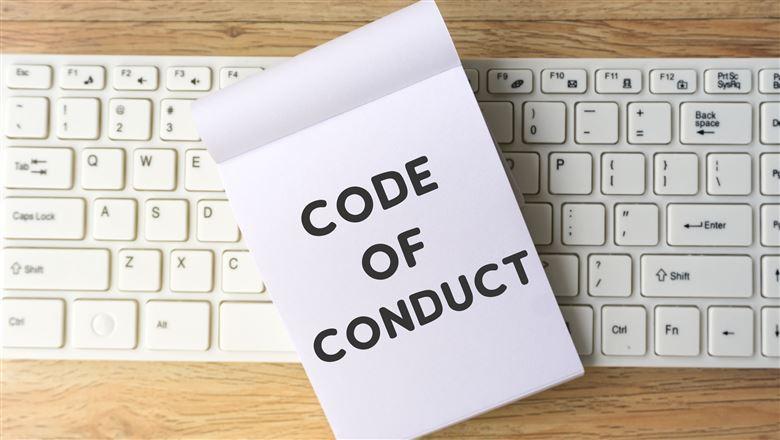Making the Decision to Internationalize Boards and Committees

As your association moves along an “international engagement spectrum” [PDF], there are key junctures and considerations to determine what decisions to make. One of these is whether to bring non-U.S. members or representatives of other constituents that your association serves onto your board or volunteer committee.
As I wrote in my book Going Global for the Greater Good several years ago, doing so can provide several benefits. Among them: creating a broad-based prism for viewing the world and helping to identify and analyze international trends that may affect the organization. At the same time, it sends the message within your organization and to other partners that your association is committed to international engagement.
While there have been some changes in the time since I wrote the book, many of the basic concepts of internationalizing have stayed the same. Here are some major themes:
1. Greater inclusivity and perspectives. When the board starts with a primarily domestic membership and the association serves an international constituency, a decision may need to be made as to how this board can better incorporate the perspectives of the organization’s international community. The advantages of taking this step include more diverse perspectives, greater proximity to understanding the context of service delivery, and enhanced internal and external credibility.
For example, the International Ombuds Association has had several board members from outside the U.S. and staff shared “that you have to be intentional about soliciting and considering these board members’ perspectives, so it is not tokenism.”
2. Enhanced global and strategic mindset. If the association serves an international constituency or has an internationally oriented vision, it needs to intentionally focus on how the association can forward its international strategy. To do so, the board needs to think globally and avoid parochialism or tunnel vision.
3. Vision and values. A clearly defined vision and mission to guide activities and provide a sense of purpose and direction to staff, wherever they work, is considered a good practice in the sector and important to keeping a growing and/or decentralizing association aligned.
For example, the International Coaching Federation tries to stay true to its vision by not getting pulled into polarizing issues where they have stakeholders on “both sides” of something that can be seen as political. Having key questions that the board focuses on can help. One of the questions the ICF board asks itself is, “How can we best represent and serve our specific global audience?”
4. Logistics. Time zones, costs, and so forth need to be addressed for any stage of internationalization for the board to be inclusive and effective. A broad range of time zones can be addressed by rotating times so different sections of the world take on less comfortable times of the day, along with having at least one in-person meeting a year. In-person meetings help to build and nurture relationships—the “social glue” for the association. While it does take additional resources, it is important that an association is committed to truly operating as an international entity.
5. “At large” international board membership. There has been more of a move in this direction over the past years to avoid the challenge of boards getting too large (as the number of chapters or national entities grow) and to help them stay focused on the mission and remain strategic.
For example, the Institute of Internal Auditors transitioned from a representative to a competency-based board, looking for a balance of needed competencies and geographic diversity.
6. Criteria for members. Many organizations develop a criteria or profile for board members. This can help the association focus on what type of board members will be most helpful to forward its mission and vision, as well as help them include a balance of different demographics, including location, gender, age, and leadership skills. Additionally, boards may look for experience with thinking globally and globally credible or prominent individuals who can help raise the profile of the organization and assist with fundraising.
For instance, the Council for Advancement and Support of Education has criteria for board nominations and a leadership and governance committee that regularly reviews the composition of the board and chooses individuals who will help fill identified gaps. This ensures that the board is broadly representative of all key stakeholders with a good mix of regional and institution type.











